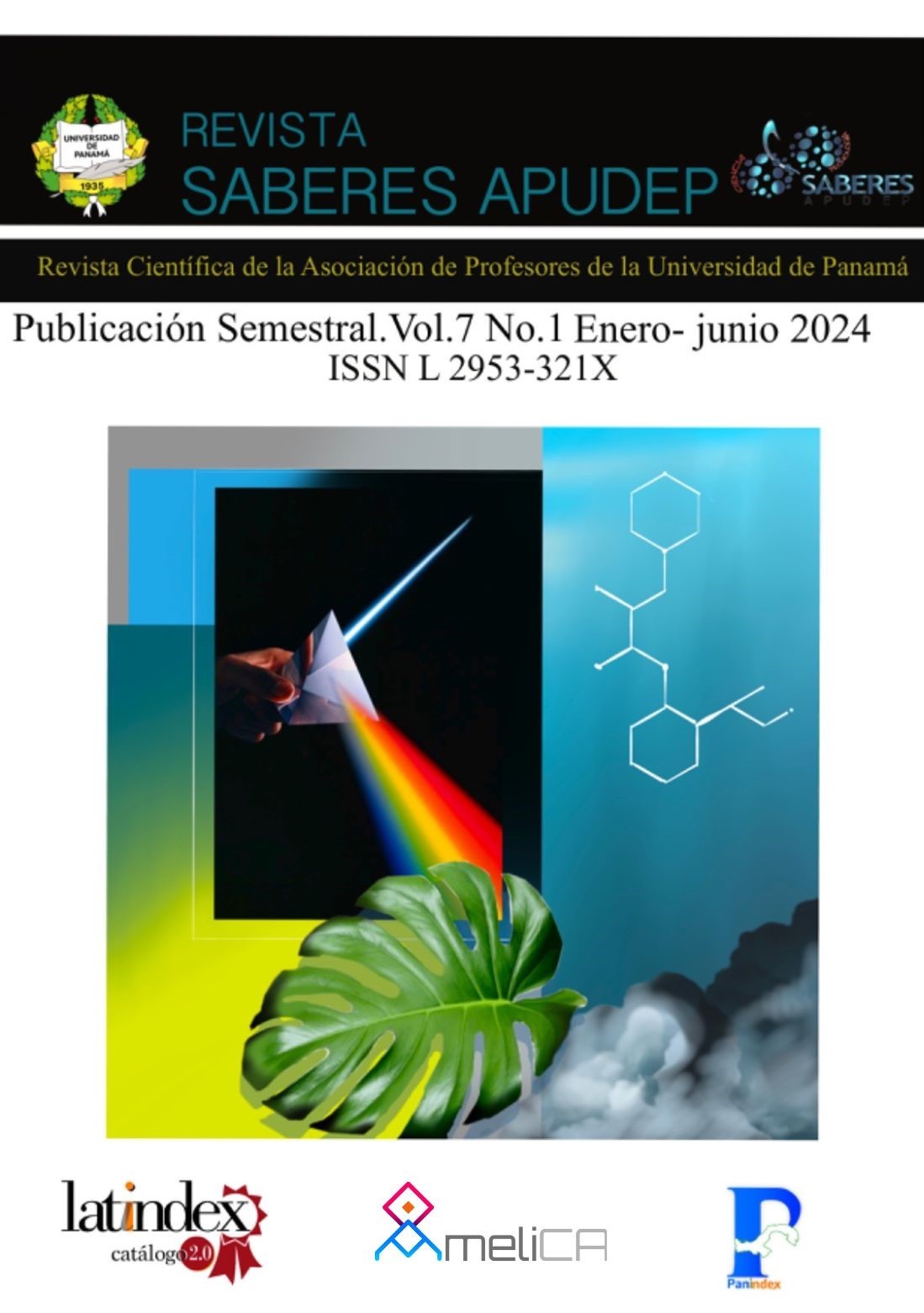

Copyright (c) 2024 Revista Saberes APUDEP

This work is licensed under a Creative Commons Attribution-NonCommercial-ShareAlike 4.0 International License.
The document presents relevant aspects of collaborative learning in the context of academic training. Its objective is to analyze the relationship between the construction of knowledge and collaborative learning as a didactic strategy, addressing the conceptualization, advantages and disadvantages, as well as technological tools for the development of the teaching and learning process.
Collaborative learning is understood as the way of learning as a team, where students form small working groups, sharing, discussing, criticizing, comparing, analyzing to find solutions to problem situations together. In this collective learning process, each student is responsible for their own learning, as well as that of their peers.
This methodology is based on the joint construction of meanings, developing highly valuable skills in teacher training, since we are aware that the teachers who are trained in our classrooms will have groups of students over thirty (30) under their guidance. students per classroom, even a teacher can teach four (4) groups of eighth grade and four (4) groups of tenth grade, that is, different subjects, therefore, it requires mastery of teaching strategies for this purpose.